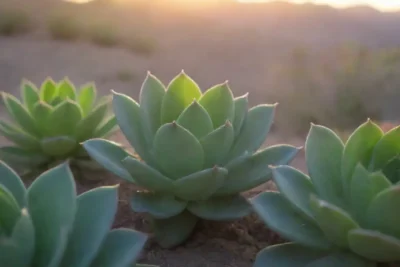
Why the Type of Pot Matters for Proper Succulent Watering
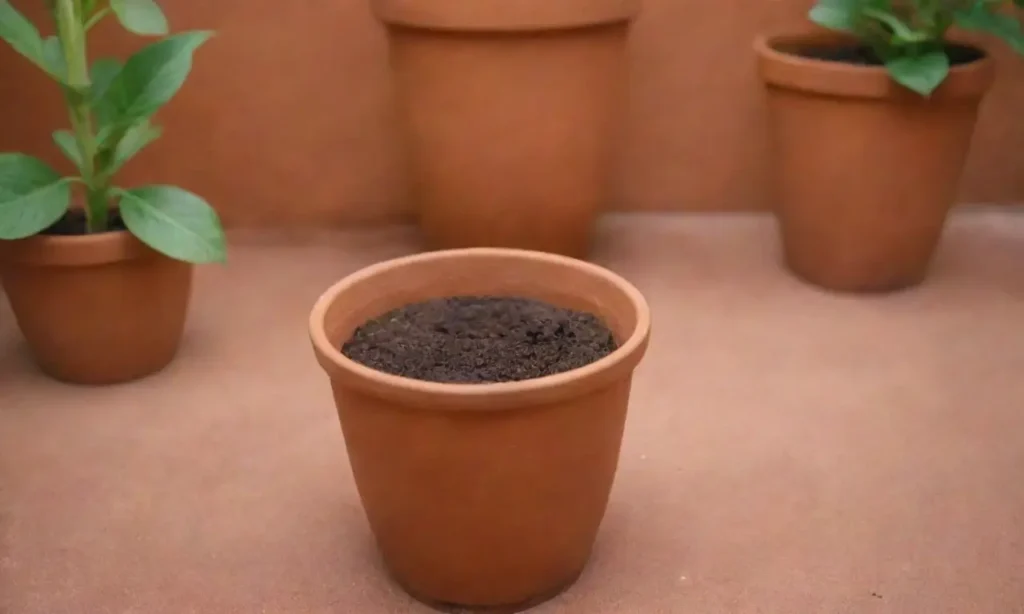
Introduction
Succulents are a popular choice for gardeners and houseplant enthusiasts alike due to their unique shapes, stunning colors, and low maintenance requirements. However, while they may seem like the perfect plant for every environment, proper care is essential for their health and vitality. One crucial aspect of succulent care is watering, and an often-overlooked factor influencing this process is the type of pot used for planting. This article will delve into the importance of selecting the right pot to ensure proper watering techniques for succulents.
In this article, we will explore how the type of pot—including material, size, drainage capabilities, and design—affects watering practices, helps prevent overwatering or underwatering, and ultimately contributes to the overall health of succulents. By understanding these elements, both novice and experienced succulent keepers can make informed choices that promote thriving plants in their homes.
The Significance of Pot Material
When it comes to growing succulents, the material of the pot plays a vital role in how water is absorbed and retained. Common pot materials include clay, ceramic, plastic, and metal, each with its own set of characteristics.
Clay and Terracotta Pots
Clay and terracotta pots are particularly favored for succulent care due to their natural porous nature. These pots allow for increased airflow and enable moisture to evaporate more quickly than non-porous materials. This quality is a double-edged sword; while it can help prevent overwatering by allowing excess moisture to escape, it also means that these pots will need more frequent watering. Therefore, for individuals in arid climates or those who prefer a less hands-on approach, the watering schedule may need to be adjusted to account for the quicker evaporation of moisture.
Moreover, clay pots tend to offer a stable environment for succulents because they can maintain a moderate temperature. In contrast, plastic pots might heat up more quickly under direct sunlight, potentially affecting the soil temperature and the plant’s health. For instance, if the soil becomes too hot, it can lead to evaporation and dehydration, stressing the succulent.
Plastic Pots
Plastic pots are a popular choice due to their lightweight nature and affordable price point. However, they can retain moisture far more efficiently than clay pots, which poses a risk for succulents that thrive in drier conditions. Using plastic pots requires careful attention to watering routines, as excess moisture can lead to root rot—a common affliction for succulent plants. While growers can benefit from choosing pots with drainage holes, the material itself can retain moisture longer than terracotta, leading to potential watering issues if not carefully monitored.
Another advantage of plastic pots is their variety of shapes and sizes. Manufacturers often create aesthetically appealing designs, allowing for more personalized home decor. However, despite their aesthetic appeal, one must remain conscientious about ensuring their succulent receives proper drainage.
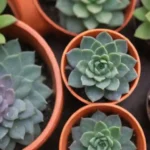 Top 10 Tips for Successfully Watering Your Succulent Arrangements
Top 10 Tips for Successfully Watering Your Succulent ArrangementsMetal and Glazed Ceramic Pots
Metal pots can present a unique set of challenges for succulent care. While they often have drainage holes, they can trap heat and cause temperatures to soar, leading to rapid evaporation of moisture. As the metal heats up under the sun, it creates an extreme environment that may stress out the succulent, leading to fading and wilting leaves.
On the other hand, glazed ceramic pots provide a delightful color and shine, enhancing the visual appeal of your plant displays. These pots are mostly non-porous, which means that moisture will not evaporate as quickly compared to porous pots like clay. As with plastic pots, this poses a higher risk for overwatering, making precise watering schedules necessary for succulent owners who choose this material.
The Importance of Pot Size
Beyond the material of the pot, its size is another crucial aspect that significantly affects watering routines for succulents.
Finding the Right Fit
Choosing the right size pot is essential for cultivating healthy succulents. A pot that is too large can lead to excess soil which retains too much moisture. In contrast, if a pot is too small, it may inhibit growth and limit root structure, which means the plant may require more water to thrive. The ideal pot should accommodate the root system adequately without leaving excessive space. Succulents prefer being slightly root-bound, where their roots fill the pot but not much larger—this assists in maintaining appropriate moisture levels.
Furthermore, if the pot is oversized, the succulent may focus its energy on growing roots rather than leaves and other parts of the plant. This can lead to stunted growth and an unhealthy appearance. Conversely, a well-sized pot allows the plant to balance its root and foliar growth effectively.
Water Retention and Drainage
Proper drainage is also a significant concern when considering pot size. If the pot is too large, the soil may remain saturated longer after watering, posing a risk of root rot. Ideally, pots should incorporate drainage holes that allow excess water to escape, reducing the likelihood of moisture buildup. Regardless of the size, the drainage holes remain critical in promoting proper soil moisture and allowing efficient watering, especially after a thorough soak.
For gardeners who tend to be overzealous with watering or live in humid areas, it's recommended to choose pots with a size that closely fits the mature roots of a succulent, allowing for better management of water levels without risking over-saturation.
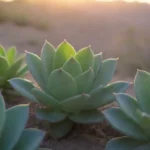 The Best Times of Day to Water Succulents for Maximum Benefits
The Best Times of Day to Water Succulents for Maximum BenefitsDrainage Capabilities: An Unmissable Factor
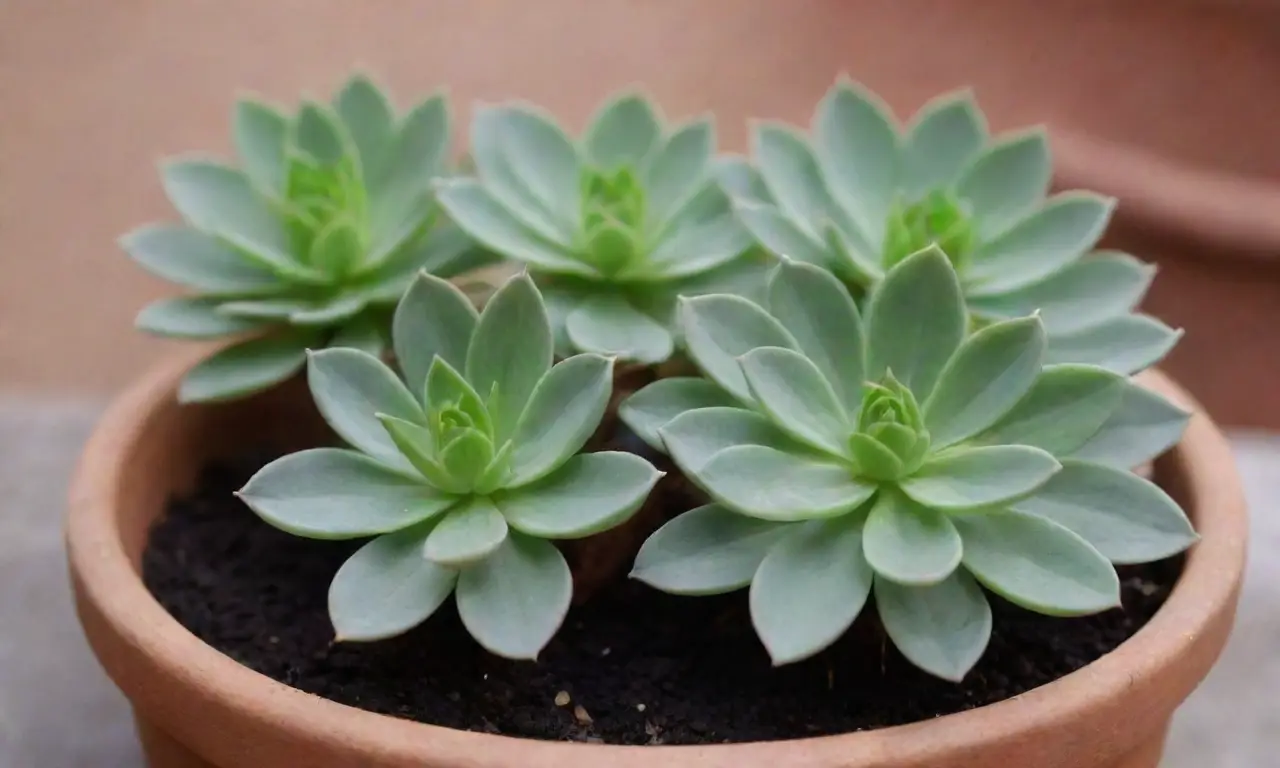
When discussing the best pots for succulents, drainage is perhaps the most important consideration of all. Pots without adequate drainage can lead to disastrous consequences for succulents.
The Necessity of Drainage Holes
All succulent pots should have drainage holes to allow excess water to escape freely. During watering, it’s critical for the excess water to leave the pot rather than sit at the bottom, where it can lead to soggy soil conditions. When roots are submerged in saturated soil for prolonged periods, they begin to suffocate, preventing essential nutrient uptake and causing deterioration of the root system. This is particularly detrimental to succulents, which thrive in well-drained environments that mimic their native arid habitats.
Choosing the Right Soil
Another aspect to consider alongside pot drainage is the soil used. Lightweight, well-draining potting mixes specifically designed for succulents can enhance drainage and minimize moisture retention. Ingredients such as perlite, pumice, and sand are commonly mixed within commercial succulent soils to enhance aeration and drainage properties, ensuring that roots remain dry and less vulnerable to disease.
For those dipping into DIY soil mixes, aiming for a texture that allows easy water passage and quick drying after watering will aid the drainage process significantly. This combination of an appropriate pot and customized potting mix contributes tremendously to the healthy upkeep of your succulents.
Conclusion
Choosing the right pot for your succulents is an essential and often overlooked component of successful plant care. As we have explored, the material, size, and drainage capabilities of the pot cumulatively dictate the plant's access to moisture, a crucial requirement for their growth and overall health.
A well-chosen pot can contribute to an ideal balance of moisture levels while promoting the natural growing conditions that succulents thrive in. Succulents, while low maintenance, require the right environment to flourish. By selecting appropriate pots and understanding their unique characteristics, succulent enthusiasts can avoid common pitfalls related to watering.
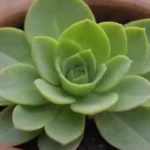 How to Create a Properly Draining Pot for Your Succulents
How to Create a Properly Draining Pot for Your SucculentsUltimately, the relationship between pots and proper watering transcends merely plant aesthetics. Careful consideration of whether to use clay, plastic, or glazed ceramic will guide you toward making informed decisions to benefit your succulents. Consider allowing your plant care journey to flourish, take your time in selecting your pots, and watch as your succulents thrive in their home environment!
If you want to read more articles similar to Why the Type of Pot Matters for Proper Succulent Watering, you can visit the Watering Tips category.

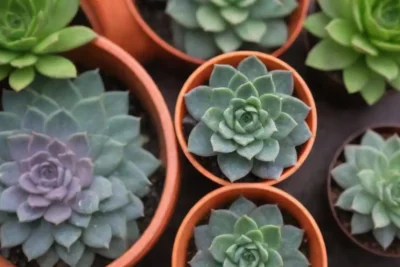
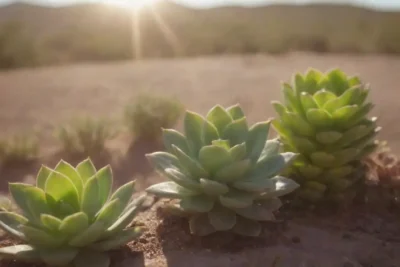
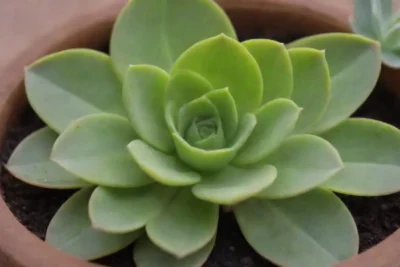
You Must Read